Home>Gardening & Outdoor>Outdoor Recreation & Activities>How Many Springs Does A 14-Ft Trampoline Have
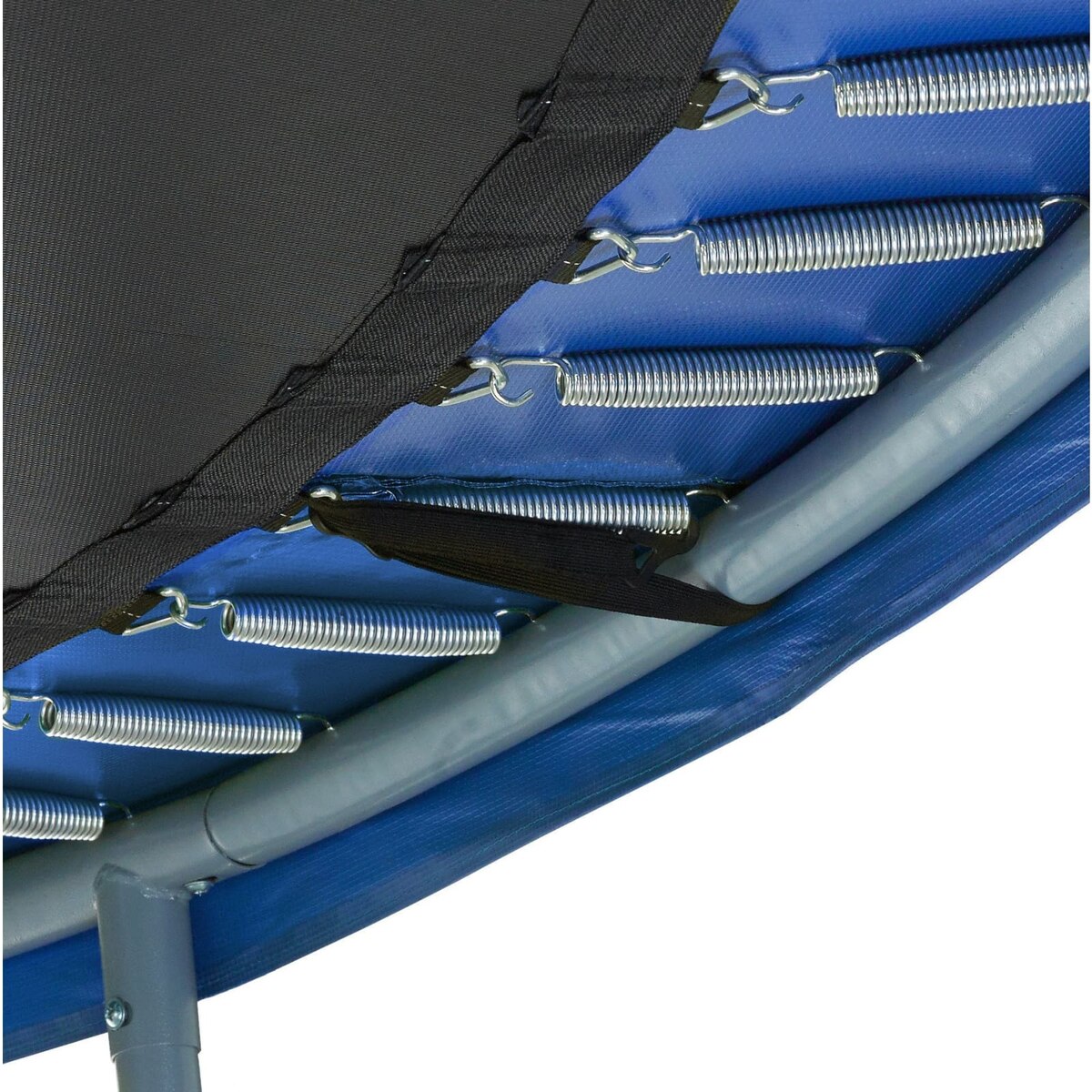

Outdoor Recreation & Activities
How Many Springs Does A 14-Ft Trampoline Have
Modified: August 23, 2024
Discover the ideal number of springs for a 14-ft trampoline and ensure a safe and enjoyable outdoor recreation and activities experience. Explore the best options for your trampoline needs.
(Many of the links in this article redirect to a specific reviewed product. Your purchase of these products through affiliate links helps to generate commission for Storables.com, at no extra cost. Learn more)
**
Introduction
**
Trampolines are a source of endless joy and entertainment for individuals of all ages, offering a thrilling platform for aerial acrobatics and exhilarating bounces. However, the mechanics behind these gravity-defying feats are often overlooked. One of the fundamental components of a trampoline is its springs, which play a pivotal role in providing the necessary bounce and support for safe and enjoyable usage. In this article, we will delve into the world of trampoline springs, focusing specifically on the 14-foot trampoline and answering the intriguing question: "How many springs does a 14-ft trampoline have?"
Understanding the nuances of trampoline springs is not only intriguing but also essential for ensuring the optimal performance and safety of these beloved recreational devices. By shedding light on the significance of spring count and its impact on the trampoline experience, we aim to empower trampoline enthusiasts with valuable insights that will enrich their understanding of this dynamic and exhilarating activity. So, let's embark on this enlightening journey to unravel the mysteries of trampoline springs and discover the secrets hidden within these coiled marvels.
**
Key Takeaways:
- Trampoline springs are crucial for the bounce and safety of a 14-ft trampoline, with their number impacting weight capacity and shock absorption. They play a key role in creating a fun and secure trampoline experience.
- The number of springs on a 14-ft trampoline is carefully calculated to ensure even support and optimal bounce distribution. Springs are not just numbers; they’re essential for a safe and enjoyable trampoline adventure.
Read more: How Many Springs Are On A Trampoline
Understanding Trampoline Springs
**
Trampoline springs are the unsung heroes that facilitate the exhilarating bounce and buoyancy that trampoline users adore. These coiled components are meticulously engineered to store potential energy when compressed and release it as kinetic energy when the trampoline mat is engaged. Typically crafted from durable, corrosion-resistant materials such as galvanized steel, these springs boast impressive tensile strength and resilience, allowing them to withstand the repetitive stress and strain of countless bounces.
The design and composition of trampoline springs are critical factors that directly influence the performance and safety of the trampoline. The length, diameter, and coil count of the springs determine the extent of elasticity and the magnitude of the bounce they provide. Furthermore, the quality and durability of the springs significantly impact the trampoline’s longevity and reliability, making them a focal point of consideration for trampoline enthusiasts and manufacturers alike.
Trampoline springs operate on the principle of Hooke’s Law, which states that the force exerted by a spring is directly proportional to its displacement from its equilibrium position. This fundamental principle underscores the pivotal role of springs in absorbing impact and propelling users into the air with controlled resilience. The synergy between the trampoline mat, frame, and springs orchestrates a harmonious interplay that transforms kinetic energy into an exhilarating airborne experience.
Understanding the intricate dynamics of trampoline springs illuminates the profound influence they wield over the trampoline’s performance and user experience. The next section will delve into the fascinating process of determining the number of springs on a 14-foot trampoline, shedding light on the quantitative aspect of these resilient and indispensable components.
**
Determining the Number of Springs
**
When it comes to unraveling the enigma of trampoline springs, the 14-foot trampoline presents a captivating case study. The process of determining the number of springs adorning a 14-foot trampoline involves a blend of precision, mathematical calculation, and a keen eye for detail. The dimensions and specifications of the trampoline, including its diameter and spring attachment points, serve as crucial parameters in this intriguing quest for numerical revelation.
For a 14-foot trampoline, the number of springs is intricately linked to its size and design. Typically, a trampoline of this scale is equipped with a specific spring configuration to ensure uniform support and optimal bounce distribution across its expansive surface. The standard practice entails evenly spacing the springs along the circumference of the trampoline, fostering a symmetrical and balanced foundation for dynamic aerial exploits.
By meticulously examining the spring attachment points on the trampoline frame, one can discern the systematic arrangement of these resilient connectors. The equidistant placement of the springs around the perimeter of the trampoline reflects a meticulous engineering approach aimed at harmonizing the tension and resilience of the trampoline mat, culminating in a cohesive and responsive bounce experience.
Furthermore, the number of springs directly influences the trampoline’s weight capacity, shock absorption capabilities, and overall stability during use. The strategic distribution of springs on a 14-foot trampoline is a testament to the meticulous design considerations that underpin its functionality and user safety. Whether it’s a high-flying leap or a gentle sway, the springs are steadfast allies in ensuring a secure and exhilarating trampoline adventure.
As we unravel the mysteries of trampoline springs and their numerical manifestations, the significance of spring count becomes increasingly apparent. The next section will shed light on the importance of spring count in the realm of trampolines, elucidating the far-reaching implications of this seemingly simple yet profoundly impactful aspect of trampoline design.
**
To calculate the number of springs on a 14-ft trampoline, use the formula: Number of Springs = (Trampoline Perimeter / Spring Spacing) + 1. Measure the perimeter and spacing to get an accurate count.
Importance of Spring Count
**
The spring count of a trampoline holds profound significance, transcending mere numerical value to become a cornerstone of performance, safety, and user experience. The meticulous calibration of spring count on a 14-foot trampoline is a testament to the intricate engineering and ergonomic considerations that underpin its design, culminating in a harmonious fusion of resilience and responsiveness.
Optimal spring count directly influences the trampoline’s bounce dynamics, weight distribution, and shock absorption capabilities. By precisely calibrating the number of springs to correspond with the trampoline’s dimensions and load-bearing capacity, manufacturers orchestrate a symphony of support and buoyancy that elevates the trampoline experience to new heights. The strategic interplay between spring count and trampoline design engenders a balanced and consistent bounce, fostering an environment where gravity is defied with grace and precision.
Moreover, the spring count serves as a pivotal determinant of the trampoline’s weight capacity and user safety. The cohesive network of springs collaborates to distribute the user’s weight evenly across the trampoline surface, mitigating excessive strain on individual springs and fortifying the trampoline’s structural integrity. This harmonized weight distribution not only enhances the trampoline’s longevity but also minimizes the risk of uneven wear and potential stress points, thereby bolstering the trampoline’s resilience against the rigors of enthusiastic bounces and acrobatic maneuvers.
Furthermore, the spring count plays a pivotal role in optimizing the trampoline’s shock absorption capabilities, cushioning each landing with calculated finesse. Whether it’s a gentle sway or a spirited leap, the strategic deployment of springs on a 14-foot trampoline harmonizes impact dispersion, curating a secure and responsive foundation for boundless aerial exploits. This seamless interplay between spring count and shock absorption underscores the indispensable role of springs in safeguarding users against jarring landings and enhancing the overall trampoline experience.
In essence, the spring count of a 14-foot trampoline transcends numerical enumeration to embody a symphony of precision, resilience, and safety. As we unravel the multifaceted influence of spring count on the trampoline’s performance and user experience, it becomes evident that these coiled marvels are not merely numerical entities but integral components that elevate the art of trampolining to soaring new heights.
**
Conclusion
**
The enigmatic allure of trampoline springs unveils a world of precision, resilience, and boundless joy, encapsulating the essence of this beloved recreational pursuit. As we embarked on this illuminating journey to demystify the spring count of a 14-foot trampoline, we delved into the intricate mechanics and profound significance of these resilient connectors.
At the heart of every exhilarating bounce and graceful leap lies a symphony of meticulously calibrated springs, harmonizing resilience and responsiveness to orchestrate a captivating trampoline experience. The 14-foot trampoline, with its meticulously arranged springs and ergonomic design, embodies the pinnacle of trampoline engineering, offering a platform where gravity is defied with grace and precision.
Understanding the nuances of trampoline springs transcends mere numerical enumeration, evolving into a profound appreciation for the pivotal role they play in shaping the trampoline’s performance, safety, and user experience. The strategic interplay between spring count, weight distribution, and shock absorption capabilities culminates in a cohesive and secure foundation for aerial acrobatics and exuberant bounces.
As we bid adieu to this captivating exploration of trampoline springs and the 14-foot trampoline’s numerical enigma, let us carry forth a newfound reverence for these coiled marvels that elevate the art of trampolining to soaring new heights. The next time we embark on a gravity-defying adventure on a 14-foot trampoline, let us pause to marvel at the symphony of springs beneath our feet, propelling us into a realm where joy knows no bounds and gravity is but a fleeting acquaintance.
May the resilience of trampoline springs inspire us to embrace life’s challenges with unwavering fortitude, and may the buoyancy they bestow upon us serve as a reminder that amidst the ebb and flow of existence, we too can defy gravity with grace and resilience.
Frequently Asked Questions about How Many Springs Does A 14-Ft Trampoline Have
Was this page helpful?
At Storables.com, we guarantee accurate and reliable information. Our content, validated by Expert Board Contributors, is crafted following stringent Editorial Policies. We're committed to providing you with well-researched, expert-backed insights for all your informational needs.
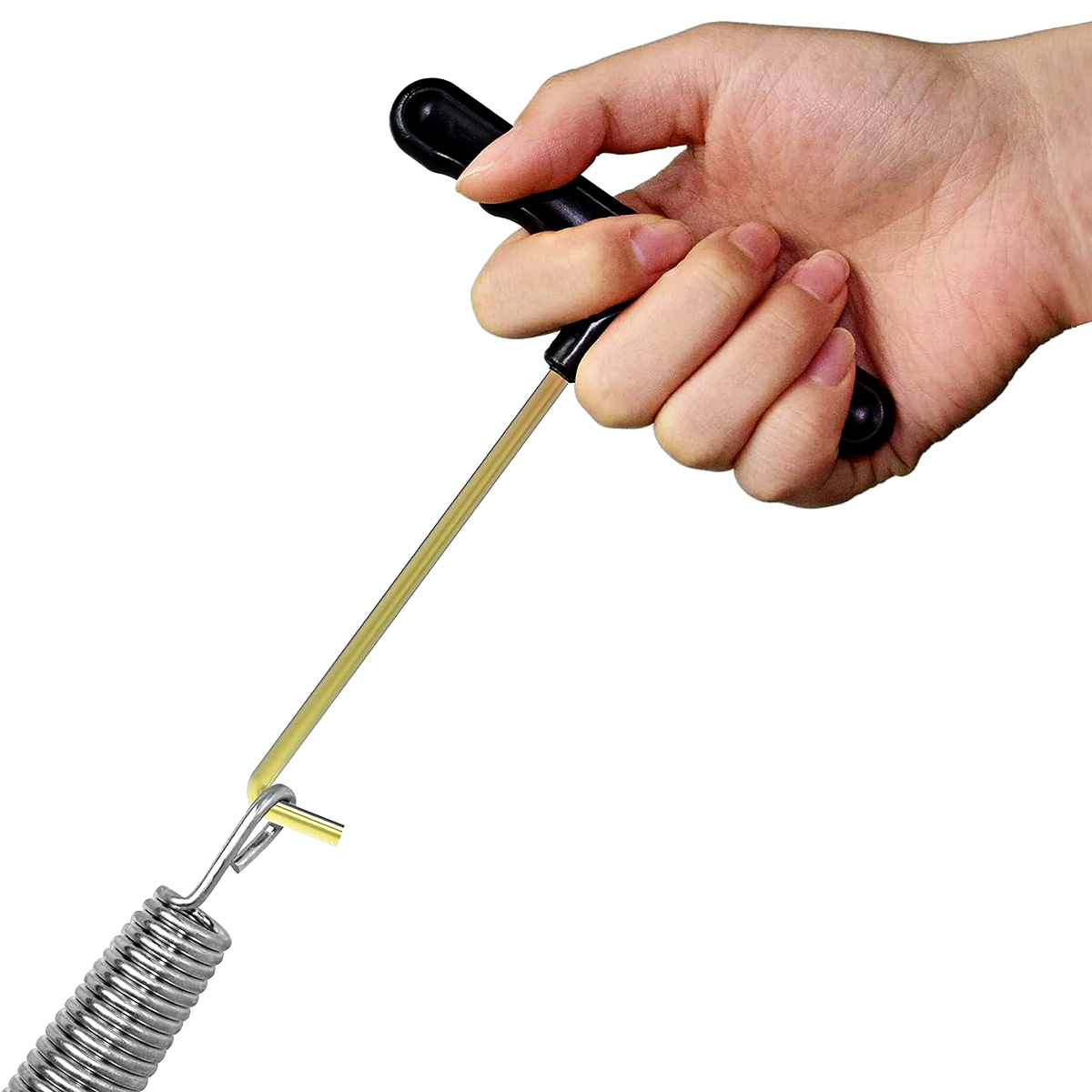
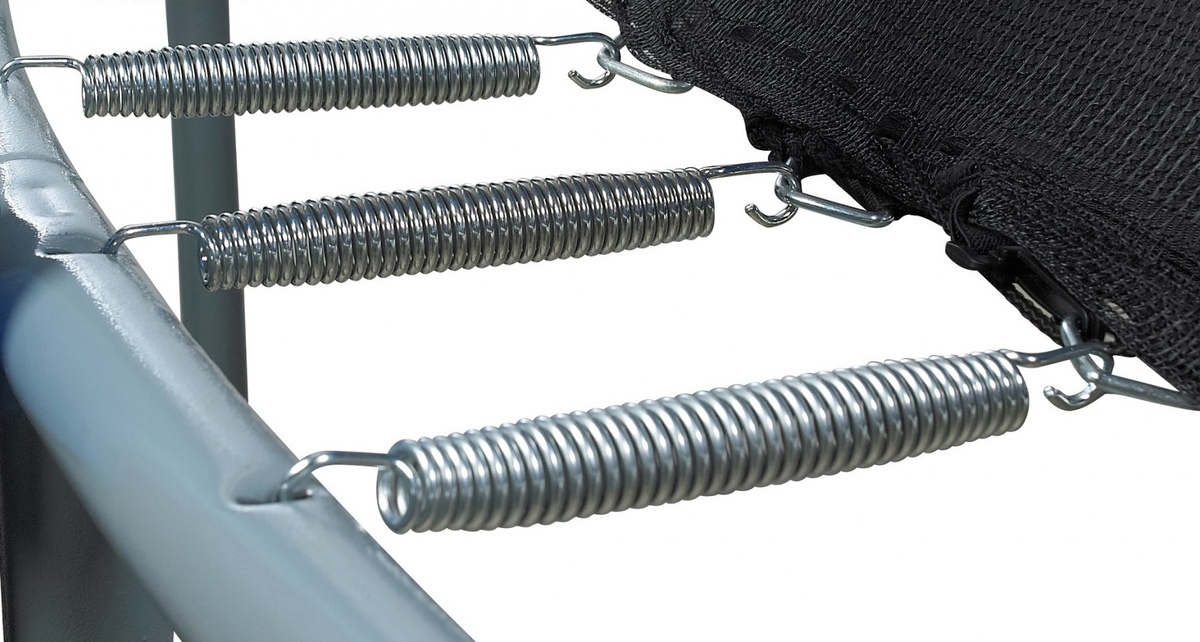
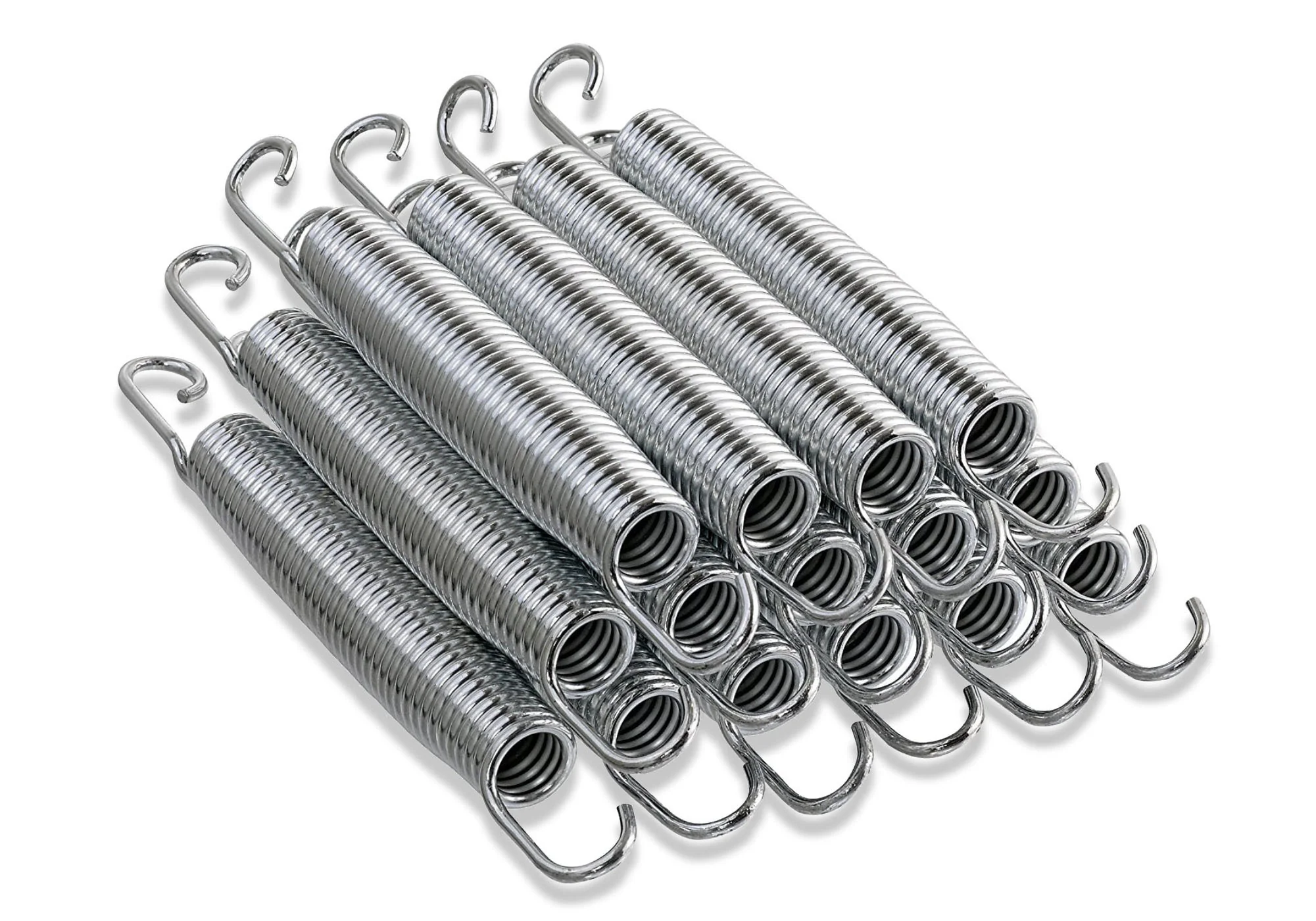

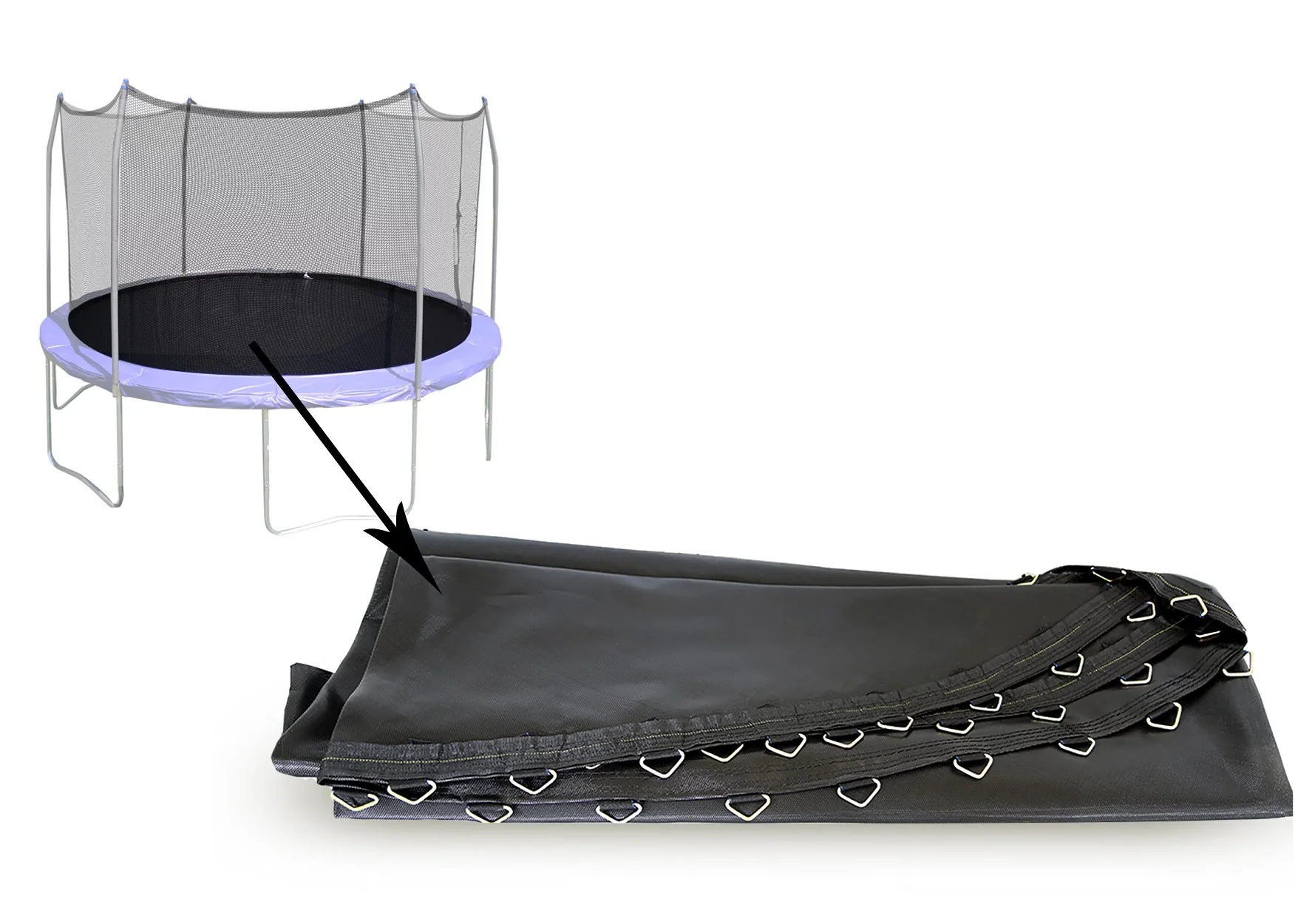











0 thoughts on “How Many Springs Does A 14-Ft Trampoline Have”